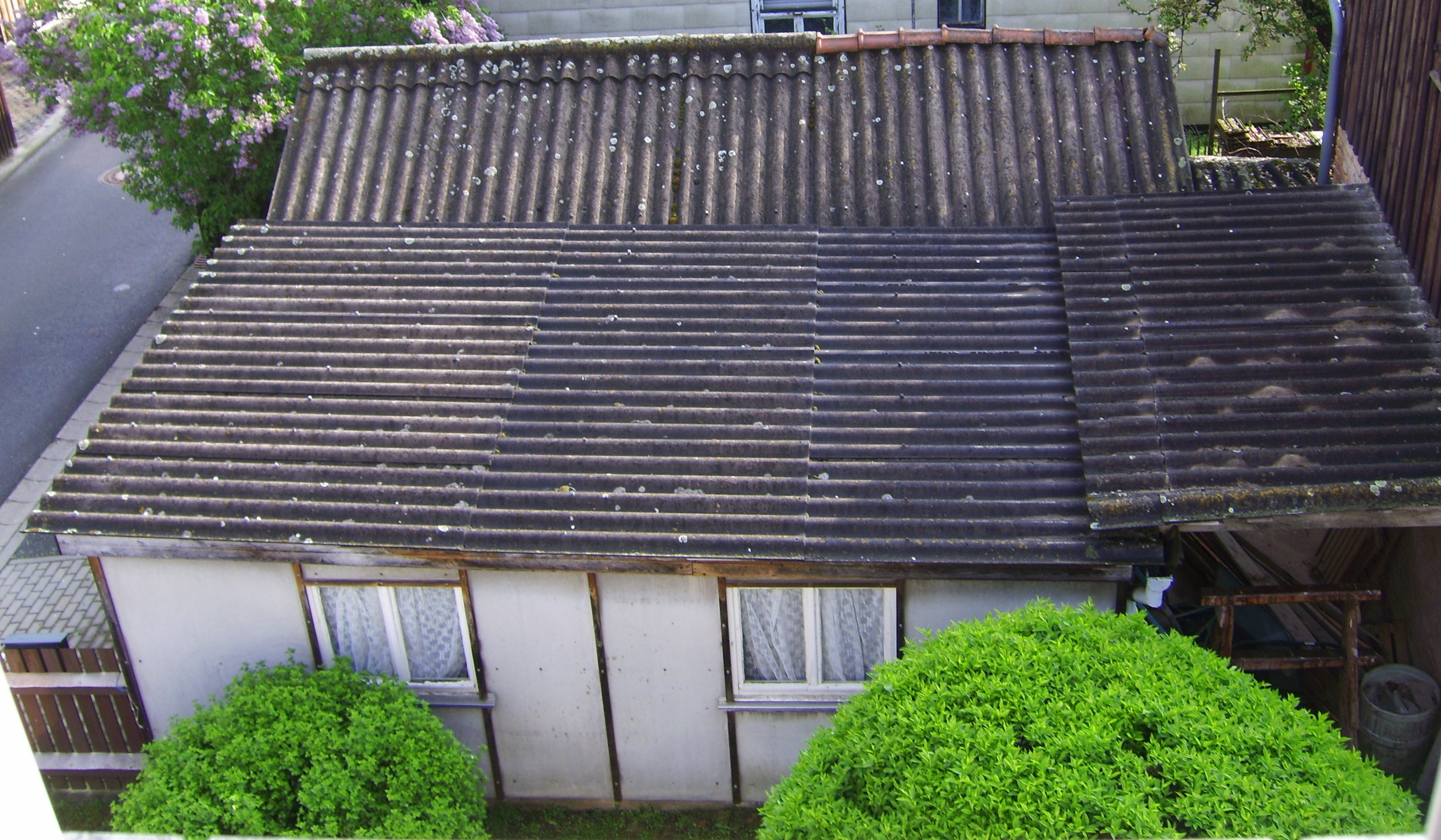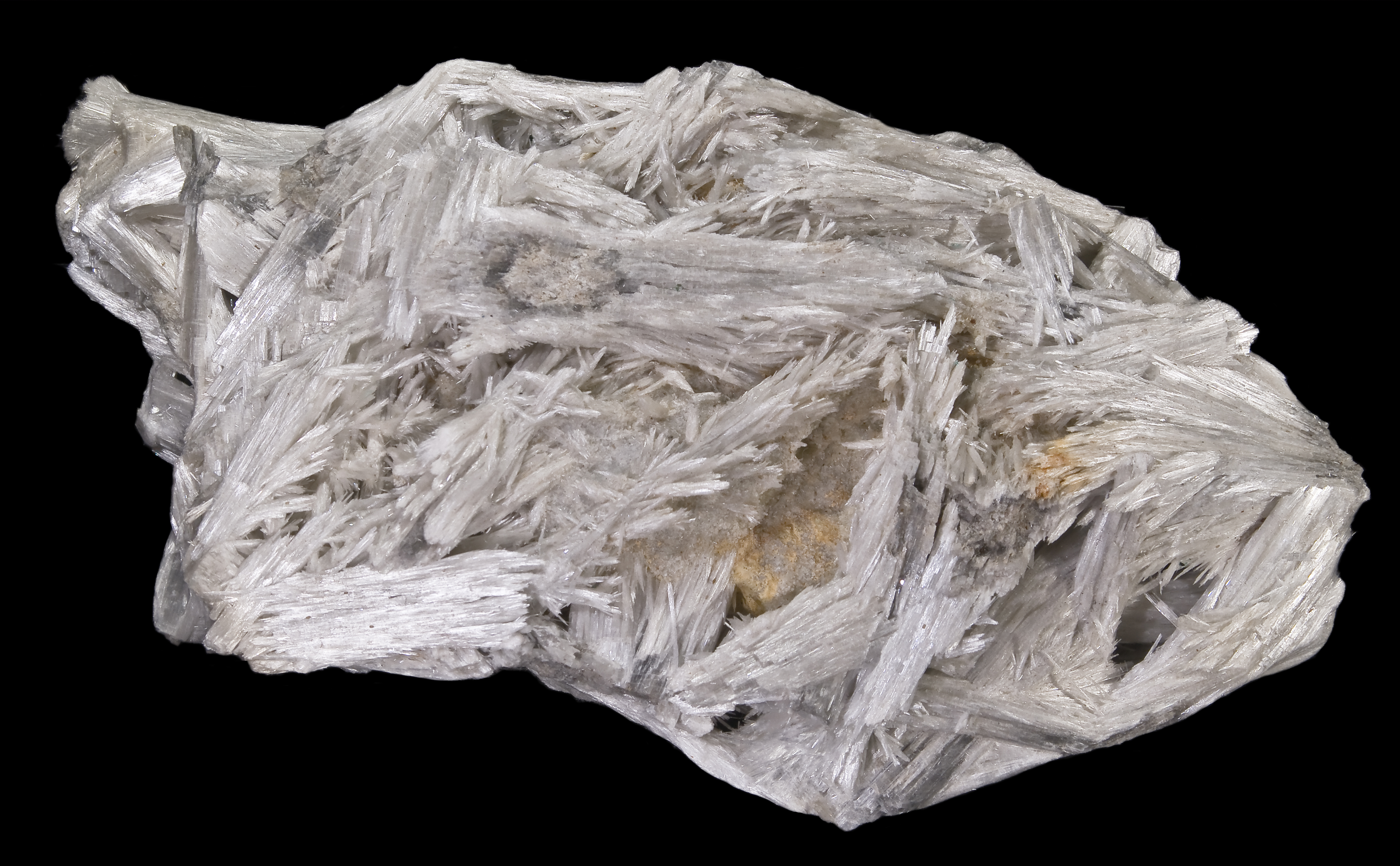Lung Cancer
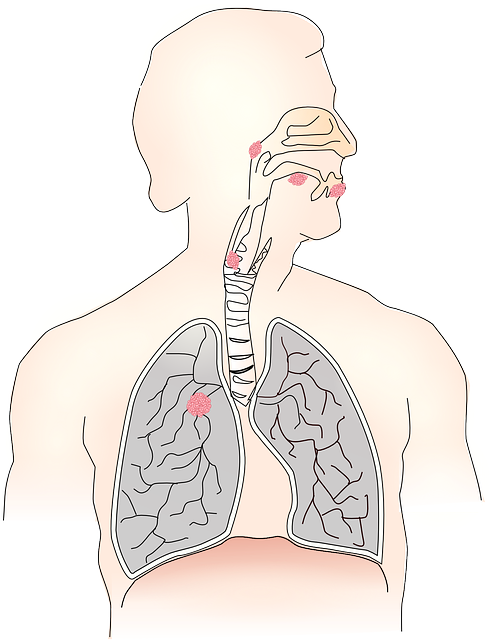 This is a type of cancer that starts in the lungs. It is a leading cause of cancer-related deaths worldwide. There are two main types of lung cancer: non-small cell lung cancer (NSCLC) and small cell lung cancer (SCLC). NSCLC is the most common type, accounting for about 85% of all cases, while SCLC is less common but tends to be more aggressive. Smoking is the leading cause of lung cancer. Other risk factors include exposure to secondhand smoke, radon gas, asbestos, and certain environmental and occupational hazards. The best way to prevent lung cancer is to avoid smoking and exposure to tobacco smoke. It’s also important to minimize exposure to other risk factors like radon and asbestos. As with any cancer, the outlook for lung cancer varies depending on the stage at which it’s diagnosed. Early-stage lung cancer has a better prognosis than late-stage cancer.
This is a type of cancer that starts in the lungs. It is a leading cause of cancer-related deaths worldwide. There are two main types of lung cancer: non-small cell lung cancer (NSCLC) and small cell lung cancer (SCLC). NSCLC is the most common type, accounting for about 85% of all cases, while SCLC is less common but tends to be more aggressive. Smoking is the leading cause of lung cancer. Other risk factors include exposure to secondhand smoke, radon gas, asbestos, and certain environmental and occupational hazards. The best way to prevent lung cancer is to avoid smoking and exposure to tobacco smoke. It’s also important to minimize exposure to other risk factors like radon and asbestos. As with any cancer, the outlook for lung cancer varies depending on the stage at which it’s diagnosed. Early-stage lung cancer has a better prognosis than late-stage cancer.
Symptoms of Lung Cancer
Common symptoms of lung cancer can include a persistent cough, chest pain, shortness of breath, coughing up blood, fatigue, unexplained weight loss, and recurrent respiratory infections. Lung cancer is typically diagnosed through imaging tests like X-rays and CT scans, as well as through biopsy, where a tissue sample is taken for examination.
Treatment
Treatment options for lung cancer depend on the type, stage, and overall health of the patient. Common treatments include surgery, chemotherapy, radiation therapy, targeted therapy, and immunotherapy.
Genetic Factors and Mutations
Lung cancer can be influenced by genetic factors, including mutations or errors in transcription, although it is often more strongly associated with external risk factors such as smoking and environmental exposures.
Most cases of lung cancer are caused by acquired genetic mutations in the DNA of lung cells. These mutations can be caused by exposure to carcinogens, such as those found in tobacco smoke, radon gas, or workplace chemicals.
Mutations in the EGFR (epidermal growth factor receptor) gene are more commonly found in non-small cell lung cancer (NSCLC). Certain drugs, called EGFR inhibitors, are used as targeted therapies to treat NSCLC with specific EGFR mutations.
ALK Rearrangements: Some lung cancers have rearrangements in the ALK (anaplastic lymphoma kinase) gene. Targeted therapies known as ALK inhibitors are used to treat these specific types of lung cancer.
In a small percentage of cases, lung cancer may be associated with inherited genetic mutations. For example, individuals with a family history of lung cancer or certain rare genetic syndromes, like Li-Fraumeni syndrome or hereditary retinoblastoma, may have an increased risk of developing lung cancer.
It’s important to note that while genetic factors play a role in the development of lung cancer, environmental factors, particularly smoking and exposure to secondhand smoke, remain the leading causes of this disease. Smoking cessation and reducing exposure to environmental carcinogens are essential steps in preventing lung cancer. Additionally, early detection through regular screenings, such as low-dose CT scans for high-risk individuals, can help identify lung cancer at earlier, more treatable stages.
RET Lung Cancer
There are two main types of RET genetic alterations, or errors in the gene. RET alterations, which can lead to the development of various cancers, including thyroid cancer and lung cancer, are categorized into two main types: RET point mutations and RET rearrangements (gene fusions).
RET point mutations can be thought of as places where the DNA is misspelled. RET rearrangement or gene fusions are when a piece of DNA joins with another gene and creates a fusion. This fusion leads to uncontrolled cell growth and cancer. This is the most common RET gene error in lung cancer.
In RET Rearrangements (Gene Fusions) a portion of the RET gene becomes fused or joined with another gene, leading to the creation of a fusion gene. This fusion gene, in turn, produces a protein that can drive uncontrolled cell growth and the development of cancer. In lung cancer, RET gene fusions are relatively common, and they are considered oncogenic drivers, meaning they play a significant role in the initiation and progression of the cancer.
Identifying the specific type of RET alteration in a patient’s cancer is crucial for determining the most appropriate treatment strategy. In cases of RET gene alterations in lung cancer, targeted therapies such as RET inhibitors have shown promise in effectively managing the disease in some patients.
Mesothelioma
Mesothelioma and lung cancer are both types of cancer that affect the respiratory system, but they are distinct diseases with different origins and characteristics.
Mesothelioma is a cancer that originates in the mesothelial cells, which are the protective lining around organs such as the lungs, heart, and abdomen. The most common form of mesothelioma is pleural mesothelioma, which affects the lining of the lungs (pleura). It is primarily caused by exposure to asbestos, a fibrous mineral once used in various industries. There are also peritoneal mesothelioma (affecting the lining of the abdomen), pericardial mesothelioma (affecting the lining of the heart), and rare cases of testicular mesothelioma.
Lung cancer, on the other hand, originates in the lung tissue itself, typically in the cells lining the air passages or in the lung parenchyma (the functional part of the lung). The primary risk factor for lung cancer is tobacco smoking, although other factors such as environmental exposures can also contribute. Lung cancer is typically classified into two main types: non-small cell lung cancer (NSCLC) and small cell lung cancer (SCLC). NSCLC is the more common type.
Risk Factors
Exposure to asbestos is the primary risk factor for mesothelioma. It can take several decades after exposure for the disease to develop, whereas smoking is the leading risk factor for lung cancer, and it is responsible for the majority of cases. Other risk factors include exposure to secondhand smoke, radon gas, air pollution, and occupational exposures to carcinogens.
Treatment
Treatment approaches for mesothelioma and lung cancer differ due to their distinct origins and characteristics. Mesothelioma is typically treated with a combination of surgery, chemotherapy, and radiation therapy, and in some cases, targeted therapies. Lung cancer treatment varies depending on the type and stage, and it can include surgery, chemotherapy, radiation therapy, targeted therapies, and immunotherapy.
In summary, mesothelioma and lung cancer are both cancers that affect the respiratory system, but they have different origins, risk factors, and treatment approaches. Mesothelioma is primarily associated with asbestos exposure, while lung cancer is strongly linked to smoking. RET lung cancer affects probably 1 – 2% of cases. Early diagnosis and personalized treatment plans are essential for both diseases to improve outcomes for affected individuals.
 Asbestos is a natural mineral that can be harmful if you’re exposed to it. It’s a fibrous mineral that comes in different forms and is often found in various construction materials. The most common form is chrysotile, which has white or blue fibers. It’s also used in paint, plumbing, and sealants.
Asbestos is a natural mineral that can be harmful if you’re exposed to it. It’s a fibrous mineral that comes in different forms and is often found in various construction materials. The most common form is chrysotile, which has white or blue fibers. It’s also used in paint, plumbing, and sealants. Exposure to asbestos can result in the development of various types of cancer, including lung cancer, mesothelioma, and pleural effusion. Lung cancer is a deadly form of cancer caused by the abnormal growth of lung tissue. Asbestosis is a condition caused by the prolonged inhalation of asbestos fibers. Asbestosis causes breathing difficulties, chest pain, and coughing. Pleural effusions are fluid-filled sacs in the lungs and abdominal walls. Asbestos can cause any of these diseases, and this is why it is vital to avoid asbestos exposure.
Exposure to asbestos can result in the development of various types of cancer, including lung cancer, mesothelioma, and pleural effusion. Lung cancer is a deadly form of cancer caused by the abnormal growth of lung tissue. Asbestosis is a condition caused by the prolonged inhalation of asbestos fibers. Asbestosis causes breathing difficulties, chest pain, and coughing. Pleural effusions are fluid-filled sacs in the lungs and abdominal walls. Asbestos can cause any of these diseases, and this is why it is vital to avoid asbestos exposure.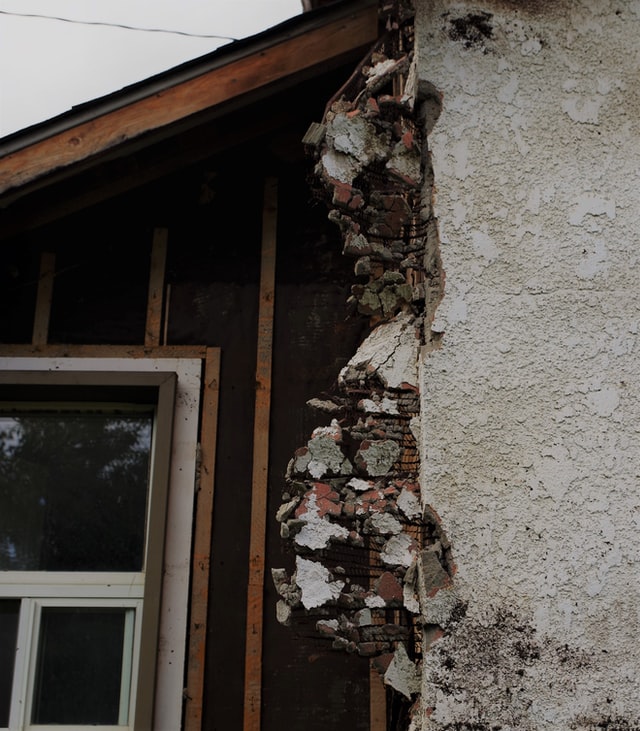 If you’ve worked around asbestos, you may be wondering what the dangers are. Exposure to asbestos can cause a wide variety of diseases, including mesothelioma. This deadly cancer affects the lining of your chest, abdomen, and lungs. Early warning signs include fluid buildup around the lungs, cough, and fatigue. As with all cancers, the most effective treatment for asbestos-related disease is prevention.
If you’ve worked around asbestos, you may be wondering what the dangers are. Exposure to asbestos can cause a wide variety of diseases, including mesothelioma. This deadly cancer affects the lining of your chest, abdomen, and lungs. Early warning signs include fluid buildup around the lungs, cough, and fatigue. As with all cancers, the most effective treatment for asbestos-related disease is prevention.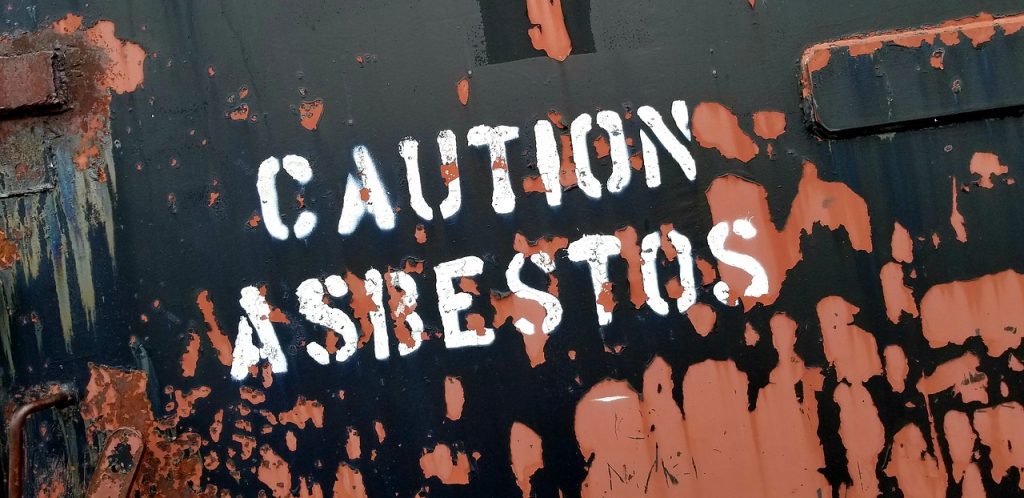 Asbestos is a naturally occurring silicate mineral found in a variety of materials including brake linings, asbestos roofing tiles, and fireproofing. There are several types of asbestos, including chrysotile, amphibole, and crocidolite. All six of these types are formed from the same naturally occurring mineral. There are six forms, which comprise both short and long fibers, each fiber consisting of multiple microscopic particles, which are released into the air by abrasion, compression, and other physical processes.
Asbestos is a naturally occurring silicate mineral found in a variety of materials including brake linings, asbestos roofing tiles, and fireproofing. There are several types of asbestos, including chrysotile, amphibole, and crocidolite. All six of these types are formed from the same naturally occurring mineral. There are six forms, which comprise both short and long fibers, each fiber consisting of multiple microscopic particles, which are released into the air by abrasion, compression, and other physical processes.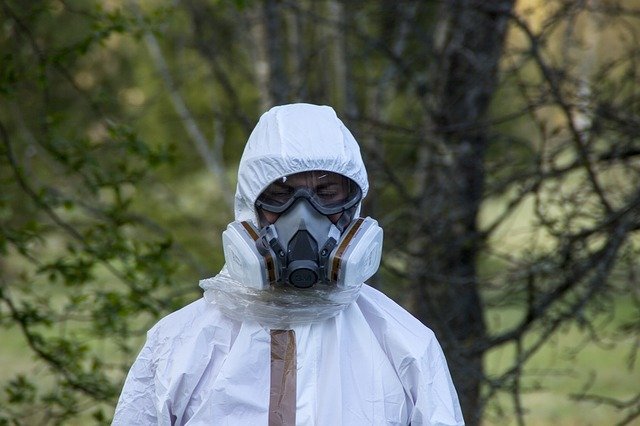 We are all familiar with the term “When working on old buildings, get an asbestos mask and earmuffs.” We have undoubtedly heard this said many times over, but how much do we really know about them? Do we know when they should be used? If you are working in an old building, then you MUST do a proper risk assessment of the possibility of asbestos being present because only then can you choose which type of protective equipment is necessary for health and to prevent exposure to asbestos fibers.
We are all familiar with the term “When working on old buildings, get an asbestos mask and earmuffs.” We have undoubtedly heard this said many times over, but how much do we really know about them? Do we know when they should be used? If you are working in an old building, then you MUST do a proper risk assessment of the possibility of asbestos being present because only then can you choose which type of protective equipment is necessary for health and to prevent exposure to asbestos fibers.